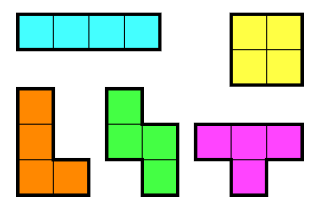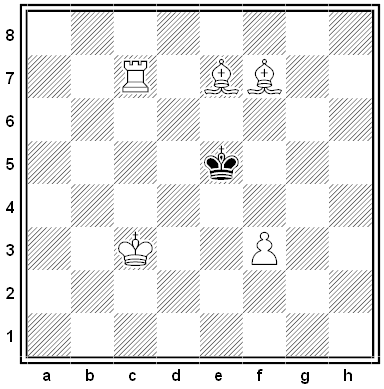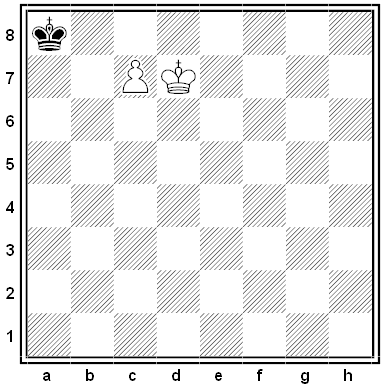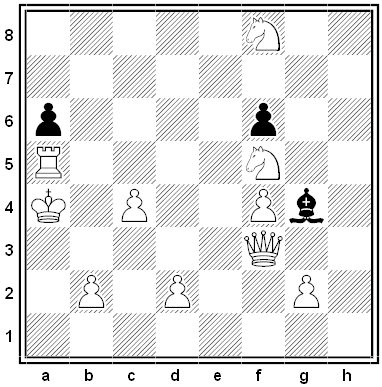A puzzle by Tim C., an applied research mathematician at the National Security Agency, from the agency’s January 2017 Puzzle Periodical:
Alice has a dozen cartons, arranged in a 3×4 grid, which for convenience we have labeled A through L:
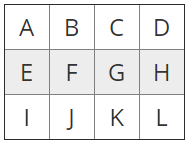
She has randomly chosen two of the cartons and hidden an Easter egg inside each of them, leaving the remaining ten cartons empty. She gives the dozen cartons to Bob, who opens them in the order A, B, C, D, E, F, G, H, I, J, K, L until he finds one of the Easter eggs, whereupon he stops. The number of cartons that he opens is his score. Alice then reseals the cartons, keeping the eggs where they are, and presents the cartons to Chris, who opens the cartons in the order A, E, I, B, F, J, C, G, K, D, H, L, again stopping as soon as one of the Easter eggs is found, and scoring the number of opened cartons. Whoever scores lower wins the game; if they score the same then it’s a tie.
For example, suppose Alice hides the Easter eggs in cartons H and K. Then Bob will stop after reaching the egg in carton H and will score 8, while Chris will stop after reaching the egg in carton K and will score 9. So Bob wins in this case.
Who is more likely to win this game, Bob or Chris? Or are they equally likely to win?

